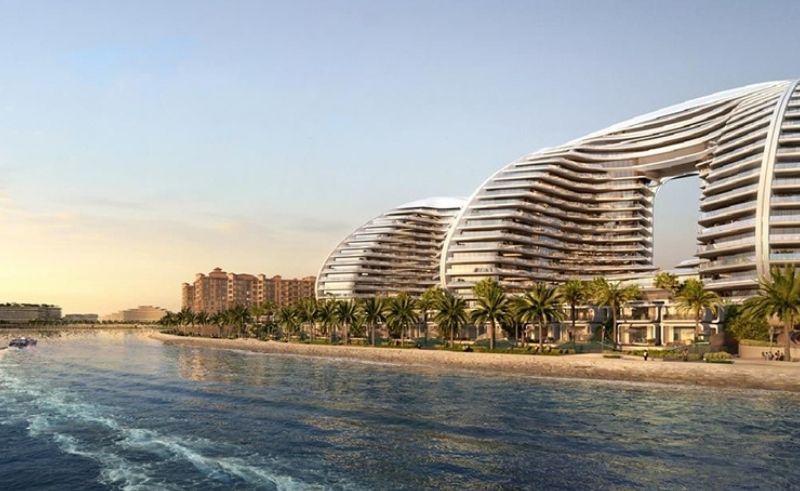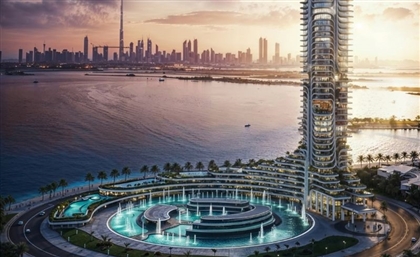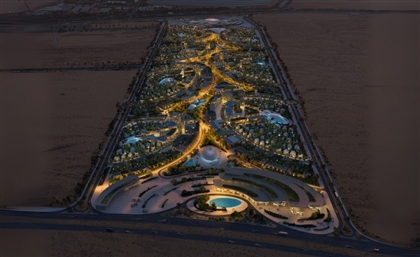Zaha Hadid Architects Sculpts Oystra Out of Ras Al Khaimah’s Coastline
Rooted in the rhythms of sea and sky, Zaha Hadid Architects’ latest project in Ras Al Khaimah combines climate-conscious design, walkable public spaces, and fluid architecture.

Zaha Hadid Architects has revealed its design for Oystra, a new seafront development on Al Marjan Island in Ras Al Khaimah. Composed of two sculptural towers shaped by the firm’s signature fluid geometries, Oystra introduces a spatial language that responds to the nature of its context.
The project sits within a wider transformation of Ras Al Khaimah’s urban landscape. Extending into the Arabian Gulf and framed by 23 kilometres of coastline, the development reimagines Al Marjan Island into a multi-use waterfront district.
Oystra’s twin towers rise 20 storeys from a landscape of interconnected gardens, shaded courtyards, swimming pools, and a beach club overlooking the bay. Meanwhile, the towers are linked to the tree-lined public realm, offering residents direct pedestrian access along a protected shoreline to encourage walkability through the shaded pathways.
“Oystra's sculptural design is inspired by the natural energies of the sea and the sky, responding to its environment with a sense of dynamism and openness.” says Christos Passas, Director at Zaha Hadid Architects.
Designed with environmental responsiveness at its core, the buildings’ orientation was informed by digital simulations of wind patterns and sun exposure, while balconies were sculpted to enhance shade and passive cooling, resulting in façades that merge aesthetics with environmental performance. Beyond that, the majority of Oystra’s apartments offer sea views, while the upper levels feature an infinity pool and rooftop restaurant framing the views.
A range of techniques have been used to enhance the project’s environmental performance through sustaniabe means, like the use of seawater-based cooling systems, cavity façades for thermal insulation, and optimised natural ventilation across units.
- Previous Article EgyptAir Suspends Flights to Gulf Countries
- Next Article New Etiquette Guidelines Issued for the Prophet’s Mosque in Madinah



























